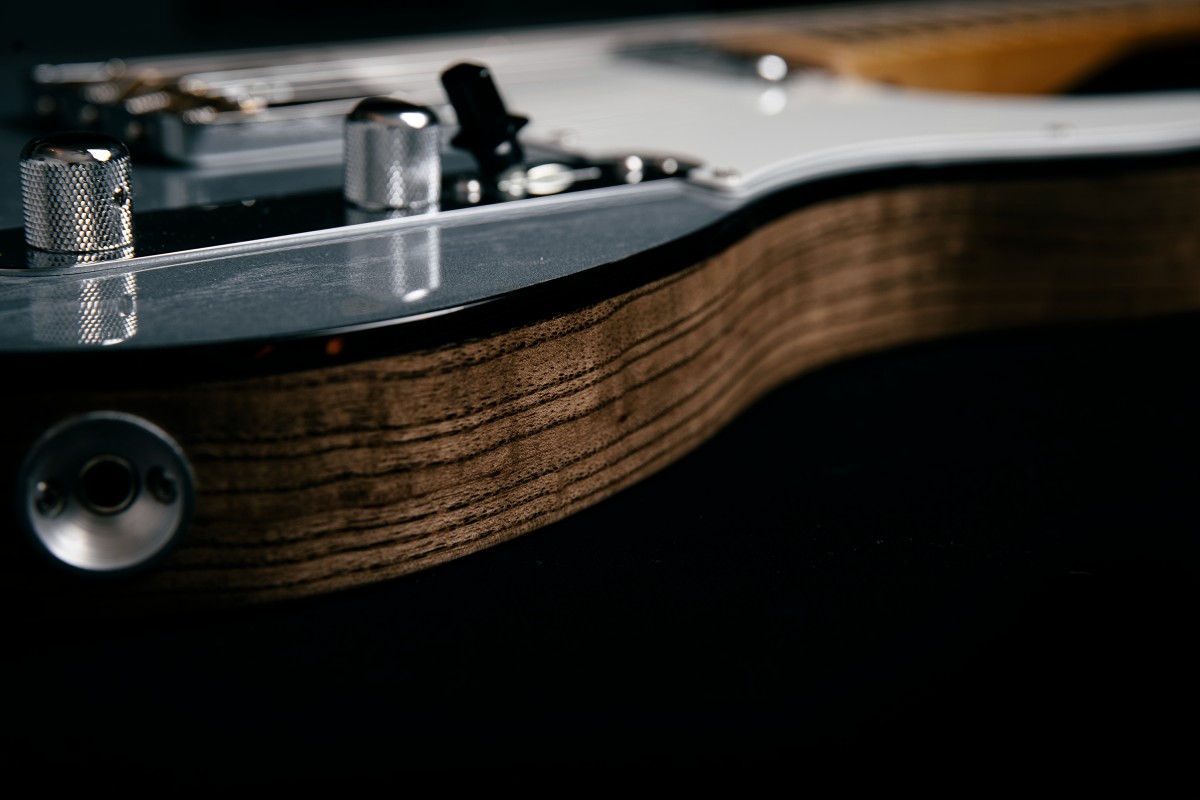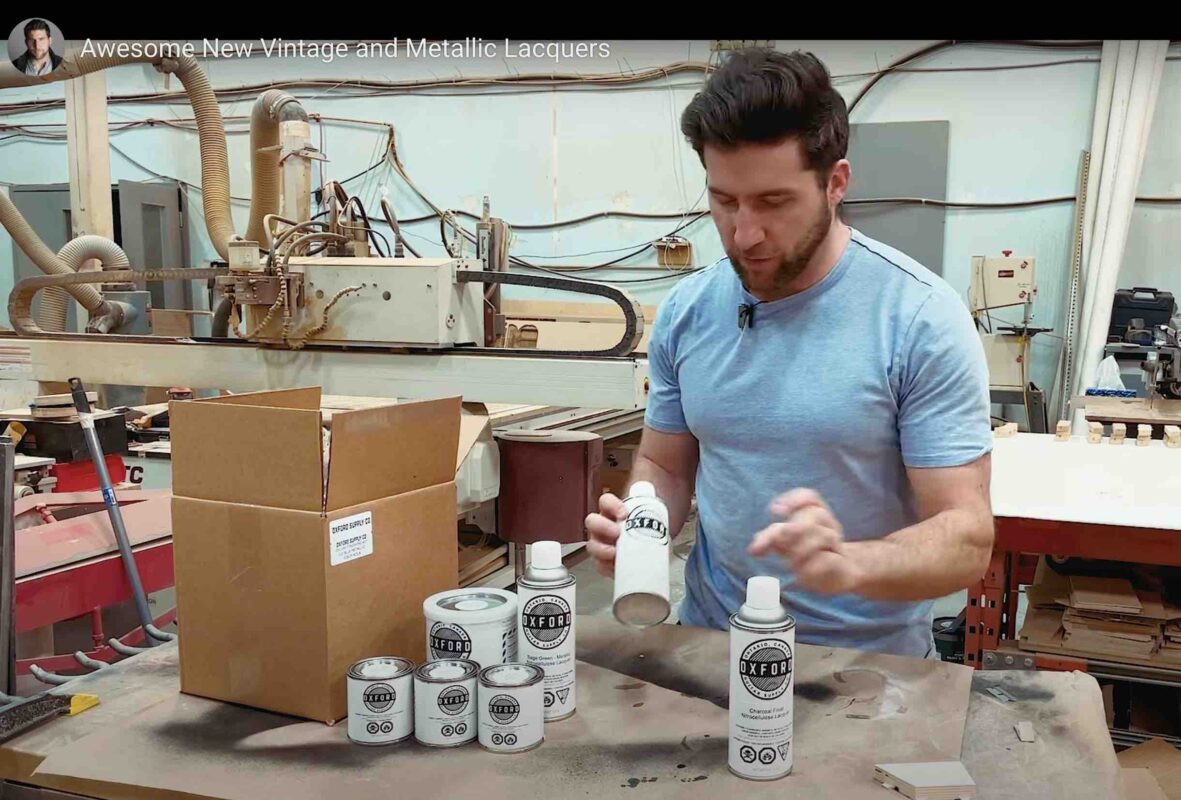The main purpose of a Grain Filler is to provide a completely flat surface for a finish to lay on. However it is also an excellent way to simultaneously add some contrast to the figure of the wood.
Oil Based or Water Based:
Oil Based
Up until recently, Oil Based Grain Fillers were the common choice amongst finishers. Gibson famously used red tinted oil based fillers on the back of the original Bursts. It fills the grain and stains the surface of the wood at the same time. It’s a very practical method for bringing out the beauty of the figure in the wood while also prepping the surface. It is very easy to work with, having a consistency similar to peanut butter and it can be thinned with Mineral Spirits. Since it doesn’t dry as rapidly as water based fillers, you have a longer window for scraping and buffing the excess off.Water Based
Water based fillers have not been around for as long but have quickly found a strong user base. They dry very quickly which is beneficial if time is a factor in your finishing schedule. You can also clean up excess with a damp rag. They dry very hard and don’t present the risk of swelling the grain during lacquer application.




